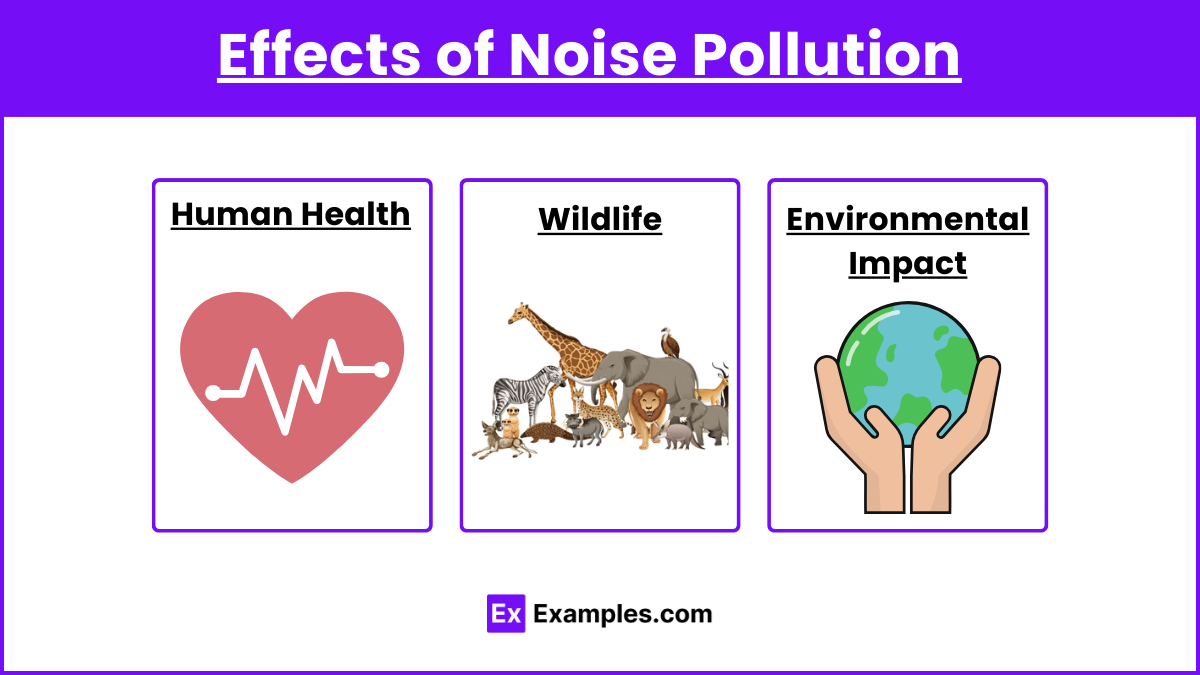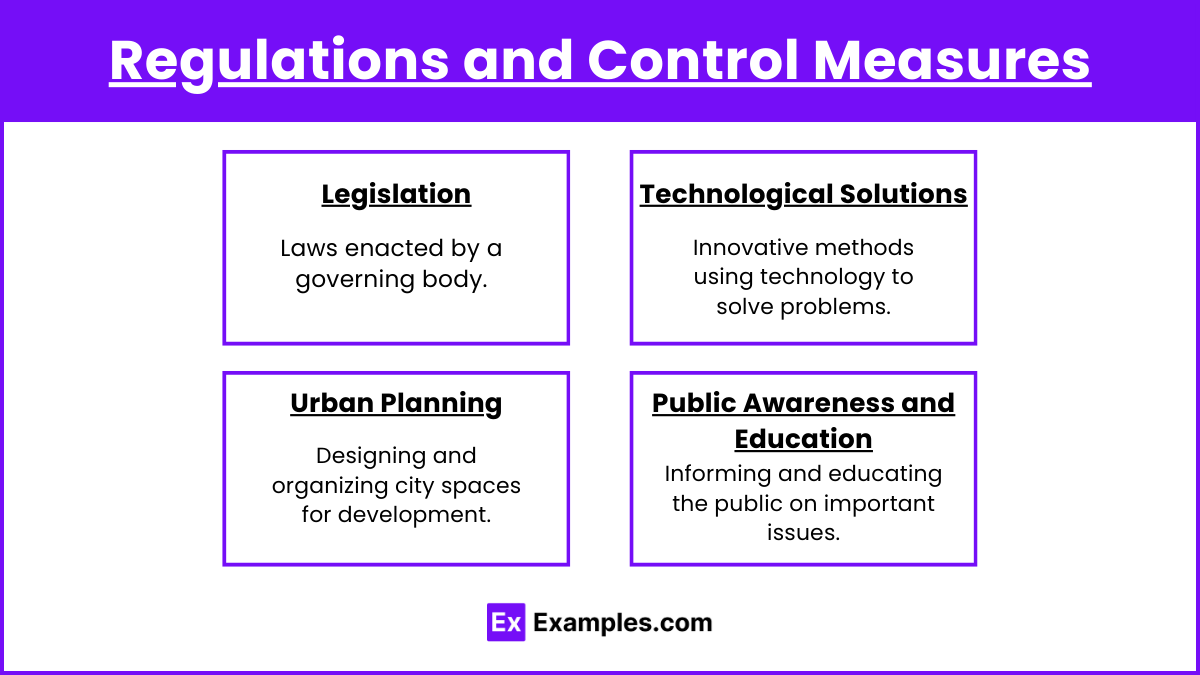Noise pollution disrupts the biosphere by introducing harmful sound levels into the environment, affecting ecology, ecosystems, and biodiversity. In AP Environmental Science, it’s crucial to understand how excessive noise interferes with natural habitats, altering animal behaviors and communication, which can lead to reduced species diversity and ecosystem imbalance. Addressing noise pollution is vital for maintaining the health and stability of our planet’s diverse biological systems.
Learning Objectives
By studying noise pollution, students will understand its impact on organisms, particularly how it disrupts communication and behavior in flora and fauna. They will explore the connection between noise pollution and climate changes, recognizing how increased urbanization and industrialization contribute to environmental noise. Learning objectives include analyzing noise sources, evaluating its effects on biodiversity, and developing strategies to mitigate its impact, ensuring a healthier environment for all living organisms.
Sources of Noise Pollution

- Transportation
- Road Traffic: Vehicles, especially in urban areas, contribute significantly to noise pollution.
- Air Traffic: Airplanes produce high levels of noise during takeoff, landing, and while in flight.
- Rail Traffic: Trains generate noise from engines and tracks.
- Industrial Activities
- Factories: Machinery and industrial processes can be very noisy.
- Construction Sites: Equipment like jackhammers, drills, and heavy machinery contribute to noise pollution.
- Urban Development
- Residential Areas: Loud music, parties, and neighborhood activities.
- Commercial Areas: Shopping malls, markets, and restaurants.
- Recreational Activities
- Concerts and Events: Music festivals and sports events can produce loud noises.
- Personal Activities: Use of power tools, lawnmowers, and leaf blowers.
Effects of Noise Pollution

- Human Health
- Hearing Loss: Prolonged exposure to high levels of noise can damage the auditory system.
- Stress and Anxiety: Continuous noise can lead to psychological stress and anxiety.
- Sleep Disturbances: Noise pollution can interfere with sleep patterns, leading to sleep disorders.
- Cardiovascular Issues: Increased noise levels are linked to high blood pressure and heart disease.
- Wildlife
- Disruption of Communication: Animals rely on sound for communication, and noise pollution can interfere with these signals.
- Behavioral Changes: Animals may alter their natural behaviors, such as mating calls and hunting patterns.
- Habitat Displacement: Species may be forced to move to quieter areas, affecting biodiversity.
- Environmental Impact
- Ecosystem Imbalance: Noise pollution can disrupt the natural balance of ecosystems.
- Aquatic Life: Marine animals, especially those relying on echolocation, are adversely affected by underwater noise pollution from ships and industrial activities.
Measurement of Noise Pollution
- Decibels (dB): Noise levels are measured in decibels. The higher the dB, the louder the noise.
- Common Decibel Levels:
- Whisper: 30 dB
- Normal conversation: 60 dB
- Heavy traffic: 85 dB
- Rock concert: 120 dB
Regulations and Control Measures

- Legislation
- Noise Control Act (1972): U.S. legislation aimed at regulating noise pollution.
- Occupational Safety and Health Administration (OSHA): Sets noise exposure limits in workplaces.
- Technological Solutions
- Soundproofing: Using materials to reduce noise transmission in buildings.
- Quiet Zones: Establishing areas with strict noise level restrictions.
- Urban Planning
- Zoning Laws: Designating specific areas for residential, commercial, and industrial use to manage noise levels.
- Buffer Zones: Creating green belts and parks to absorb and deflect noise.
- Public Awareness and Education
- Community Programs: Educating the public on the sources and effects of noise pollution.
- Noise Mapping: Visual representation of noise levels in different areas to identify and address hotspots.
Case Studies
- Heathrow Airport, London
- Implementation of night-time flight restrictions to reduce noise pollution.
- Installation of noise barriers and insulation for nearby residential areas.
- New York City
- Adoption of the NYC Noise Code, which sets permissible noise levels for different activities.
- Use of noise cameras to monitor and penalize violators.


